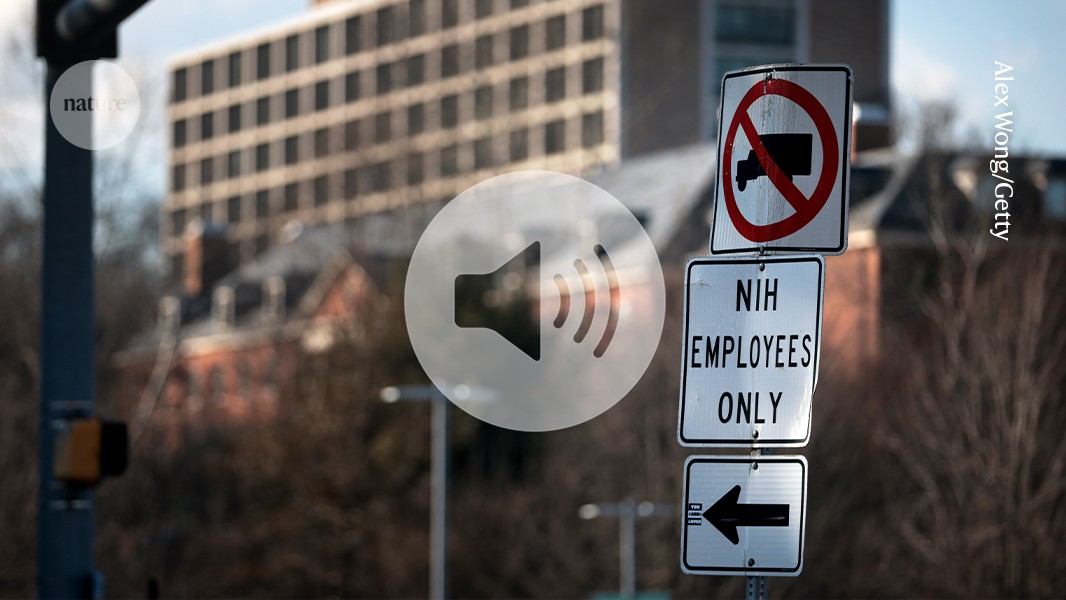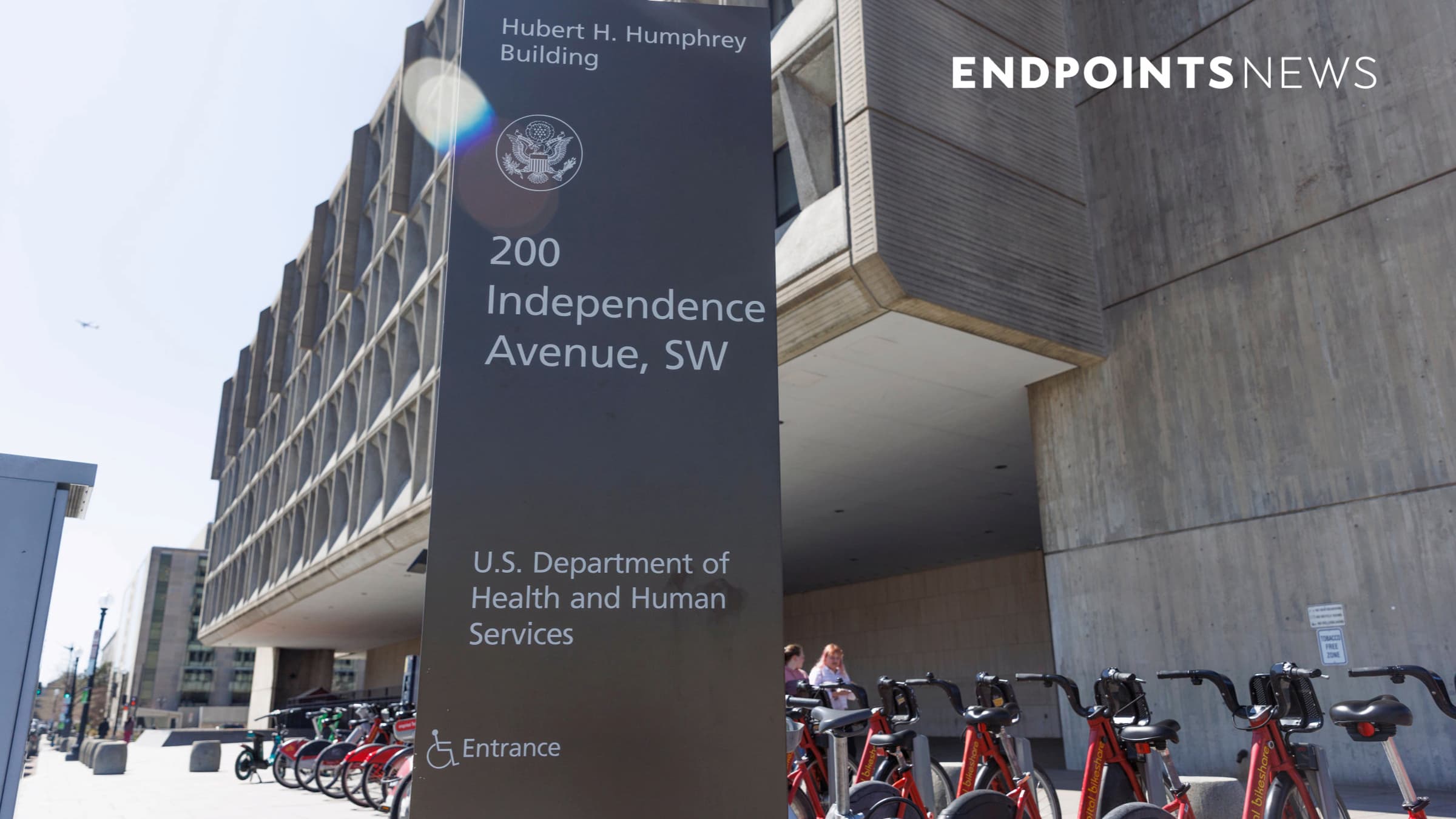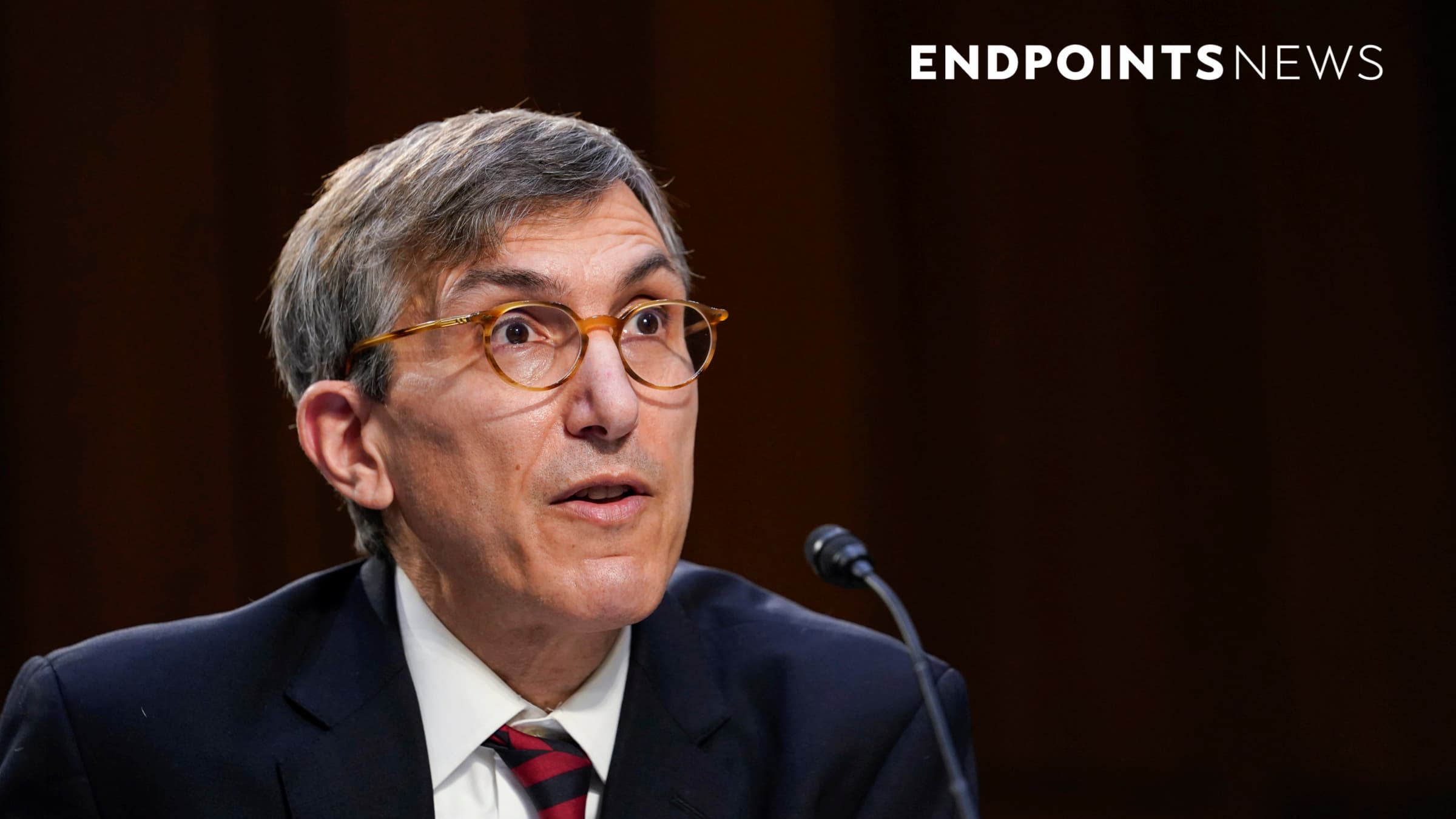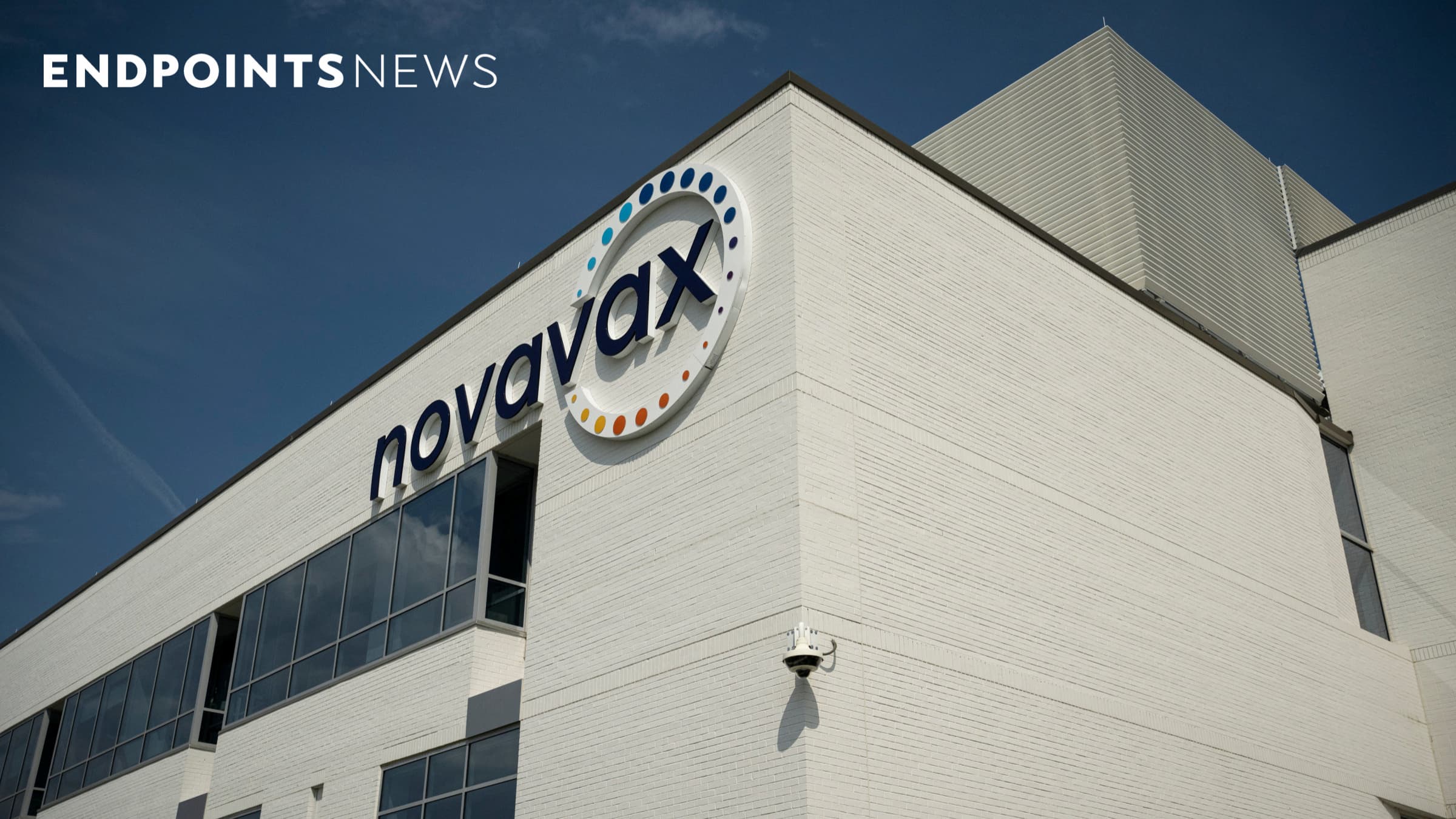Report: Not-for-Profit Hospitals See Margin Improvements in 2025
What You Should Know: – Fitch Ratings has released a report revealing an improvement in the median financial performance of Fitch-rated not-for-profit (NFP) hospitals and healthcare systems with early fiscal year ends (FYE) in 2024, compared to the previous year. – While this positive trend suggests a potential stabilization, full calendar year (CY) 2024 medians ... Read More


What You Should Know:
– Fitch Ratings has released a report revealing an improvement in the median financial performance of Fitch-rated not-for-profit (NFP) hospitals and healthcare systems with early fiscal year ends (FYE) in 2024, compared to the previous year.
– While this positive trend suggests a potential stabilization, full calendar year (CY) 2024 medians are expected to remain below pre-pandemic levels.
NFP Median Operating Margin for Providers
Specifically, the median operating margin for providers with early FYEs rose to 1.2% in CY2024, a substantial increase from the -0.5% reported in CY2023. This improvement is largely attributed to a decrease in personnel costs, notably the continued reduction in contract labor utilization. Personnel costs as a percentage of total operating revenues fell from 55.4% in 2023 to 54.5% in 2024.
Labor Challenges
Despite this positive shift, persistent labor challenges continue to drive base salary and wage expenses upward, resulting in a median year-over-year expense increase of 6.9%. This figure would have been even higher without ongoing efforts to recruit and retain talent, streamline operations, and optimize supply chains. Fitch anticipates that workforce development will remain a critical focus for health systems to address labor shortages and maintain sustainable profitability.
Operating Profitability
Operating profitability also benefited from robust revenue growth, with a median increase of 9.1% for early reporting hospitals. This growth was fueled by higher patient volumes, favorable updates to payor contracts, and improved revenue cycle management.
Hospitals are strategically investing in growth and efficiency projects, with capital spending as a percentage of depreciation increasing to 116.3% in CY2024 from 107.5% in CY2023. This return to pre-pandemic capital spending ratios reflects a focus on developing ambulatory networks and strengthening IT infrastructure, including access points, data analytics, AI, and cybersecurity.
Early CY2024 medians also indicate robust liquidity, with days cash on hand remaining stable at approximately 220 days and cash to debt improving to 178.5% from 170.2%. This liquidity cushion is crucial for navigating ongoing headwinds and macro uncertainties, including potential changes to Medicaid.
Median Medicaid reimbursement
The median Medicaid reimbursement as a percentage of gross patient revenue marginally increased to 16.6% in 2023 from 15.9% in 2019, excluding children’s hospitals, and held steady at 16.2% for hospitals with early 2024 FYE. Conversely, median self-pay reimbursement as a percentage of gross patient revenue has declined from pre-pandemic levels, dropping to 2.0% in 2023 from 2.8% in 2019, excluding children’s hospitals, and to 1.8% for hospitals with early 2024 FYE.
These shifts are partly due to Medicaid policy changes and Affordable Care Act (ACA) expansion. However, potential federal budget cuts that may decrease Medicaid reimbursement and increase uninsured care pose significant risks. Providers, particularly those with a higher proportion of Medicaid patients, may be forced to cut services, close locations, or reduce staff.































































































































![The breaking news round-up: Decagear launches today, Pimax announces new headsets, and more! [APRIL FOOL’S]](https://i0.wp.com/skarredghost.com/wp-content/uploads/2025/03/lawk_glasses_handson.jpg?fit=1366%2C1025&ssl=1)






















